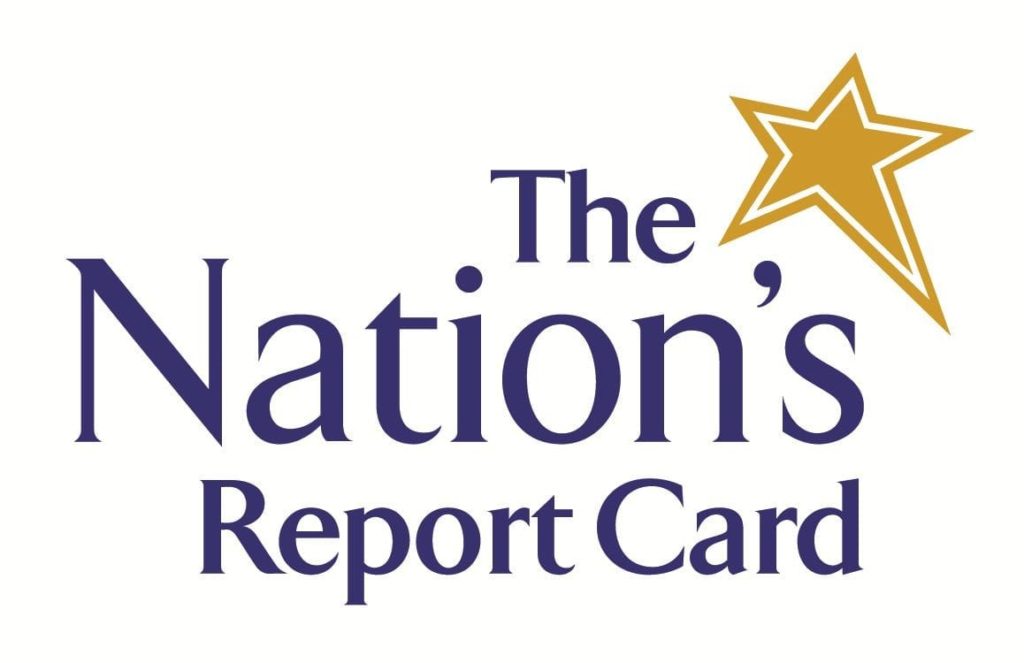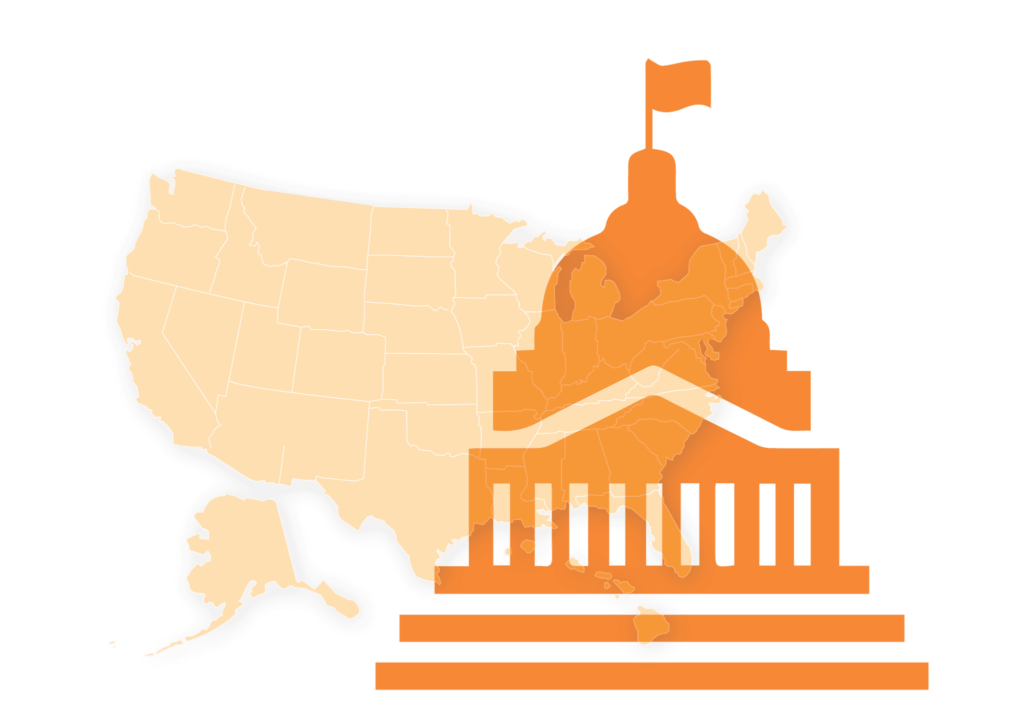Dear Secretary DeVos,
The Every Student Succeeds Act (ESSA) provides a framework for reporting data on how students are being served and identifying what data states and districts should report. The law also provides substantial flexibility to states regarding how to report that data. Public reporting is a powerful tool for equipping families and communities with the information they need – and have a right to know – about how their schools are serving children. The undersigned civil rights and education equity organizations write to provide public comments on the Department’s proposed guidance interpreting the “Opportunities and Responsibilities for State and Local Report Cards under the Elementary and Secondary Education (ESEA) Act of 1965, as amended by the Every Student Succeeds Act (ESSA) of 2015.
While the Department’s proposed guidance provides some clarity to states and districts on what data to report and how to report the data, changes are needed to ensure families and communities have the information necessary to see how well students are being served, to easily identify areas for school improvement, and to push for change when needed. To make information more useful, the following three concerns MUST be addressed in the proposed guidance: 1) require disaggregation by student group; 2) provide more guidance on how to report per-pupil expenditure data; and 3) ensure report cards are practical, informational tools for families and communities.
ESSA requires that states and districts report most data elements disaggregated for different groups of students – including the major racial/ethnic groups, students from low-income families, students with disabilities, and English learners. The guidance document does NOT clearly outline the requirements for states and districts to report data disaggregated by student group to ensure that report cards accurately reflect information on how well schools are doing for all students, as well as for historically underserved groups of students (i.e., students from low-income families, students of color, English learners, and students with disabilities). Final guidance should clearly outline requirements to disaggregate data by student groups for indicators included in the report cards.
ESSA requires states to report data on per-pupil spending for each public school in the state. The proposed guidance provides a lot of information that states may use as they decide how to calculate per-pupil expenditure data, but it does NOT provide enough guidance to help states decide how to report the data in a way that provides all of the necessary context for families to understand spending for schools in a clear and compelling way. The guidance should identify and direct states to more resources that will help them develop understandable and concise school-level per-pupil spending reports.
Broadly, ESSA requires that state and local report cards be concise, presented in a way that is usable and understandable, and widely accessible. While the guidance includes some resources and tips for developing report cards that are easy to access and understand, it misses one critical action that states can take to ensure that report cards meet this requirement. The guidance should direct states to produce report cards for their LEAs and schools to ensure that they are uniformly formatted and
accessible. Additionally, the data should be accompanied by all the necessary context for families to understand why particular data is important and how they should interpret and use it. The final guidance should require that all report cards are uniformly formatted, and both meaningful and accessible to families and communities, including individuals with disabilities.
In addition to these three overarching concerns, we have identified a number of specific areas in which the proposed guidance differs from state and local report card non-regulatory guidance issued in January 2017, summarized in the attachment to this letter. While we recognize that some changes were necessary due to the resolution of disapproval of the accountability and State plan final regulations, the revised guidance goes further than necessary – omitting key clarifications and deemphasizing best practices that would support educational equity. We urge the Department to reinsert this information into the final guidance to highlight not only what is required by ESSA, but also the value of providing report cards that are accurate, accessible, and actionable to parents.
The Department’s guidance must meaningfully advance educational equity for all students, especially for historically underserved groups, by ensuring that report cards accurately reflect data in a transparent, accessible way. We appreciate your time and consideration of our recommendations and look forward to working with you to ensure these recommendations are included in the Department’s final guidance for state and local report cards under ESSA.
Signed,
Alliance for Excellent Education
Community Center for Education Results
Democrats for Education Reform
Education Justice Alliance
EveryChild Solutions
Learning Disabilities Association – NC
NAACP
National Center for Learning Disabilities
National Disability Rights Network
National Down Syndrome Congress
National Urban League
Prichard Committee for Academic Excellence
Southeast Asia Resource Action Center (SEARAC)
Teach Plus
Tennessee Educational Equity Coalition
The Ari Advocacy Center, Inc.
The Education Trust
The Leadership Conference on Civil and Human Rights
The Opportunity Institute
TNTP
uCANcomplain, Inc.
UnidosUS
Attachment: Recommendations to Strengthen Specific Questions in the Draft Guidance







 October 24, 2022 by
October 24, 2022 by